Video of the Week:
When is Cantaloupe Ripe on the Vine?
Upcoming Events:
Thursday, August 6, 2015
8:30 a.m - 1:30 p.m.
K-State Research & Extension Center, (35230 W. 135th St., Olathe)
$30 - Includes lunch
K-State Fruit & Vegetable Research Field Day
Monday, August 10, 2015
K-State Research & Extension Center, Olathe
Come find out what kind of research is being done at the K-State Olathe Horticulture Research and Extension Center. Bring your walking shoes for this workshop, as it will include a detailed field tour of all our research projects related to vegetable grafting, high tunnels, produce quality and shelf life, cultivar evaluation, cover cropping strategies, and no-till and minimum tillage systems. Crops being grown include: tomatoes, bell peppers, high tunnel strawberries, blueberries, pumpkins, sweet corn, and other mixed plantings.
We will also be displaying our recently-built mobile produce cooler and discussing considerations for building your own.
For more information, go to http://www.hfrr.ksu.edu/doc4348.ashx
Fruit:
When are Apples Ready to Pick?
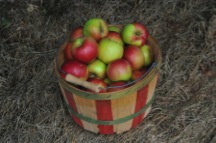
Color change: As apples mature, the skin color in areas of the stem and the calyx basin at the bottom of the apple turns from an immature green to a light-yellow color. Some apples will develop a red skin color before they are ripe, so this is not a reliable indication of maturity.
Flavor: This is a good guide if you are familiar with the apples you have and know how they should taste. Even if you do not know the characteristic flavor of the kind of apple you have, you can still sample slices of a few apples and decide if they have a sweet flavor. If they are not ready to harvest, they will taste starchy or immature. If apples have already fallen and taste a bit starchy, store them for a period to see if they become sweeter.
Flesh color: As apples mature and starches change to sugars, the flesh changes from very light green to white. When you cut a thin slice and hold it up to the light you can see the difference.
Days from bloom: The number of days from bloom is a reliable guide for general maturity time, but weather conditions will have some influence. Some kinds of apples and approximate days from bloom to maturity are Jonathan, 135, Delicious, 145, Golden Delicious, 145, and Winesap,155 days. This process may be slower than usual due to the cooler weather this year.
Seed color: The seeds of most apples change from light green to brown as the fruit ripens. This indicator should be combined with other changes since it is not absolute. The flavor of the apples, the change in color of the stem and calyx basins and flesh color are important in deciding if apples are ready to harvest. (Ward Upham)
Vegetables:
Still Time for a Salad Garden
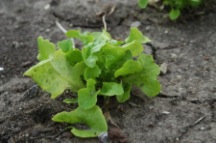
Pests:
Elm Leaf Beetle
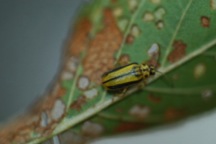
Heavily infested leaves turn brown as if scorched by fire and often will drop prematurely. After several weeks of feeding, the larva crawl down the trunk or fall to the ground where they pupate. Elm leaf beetles overwinter as adults.
Active larvae can be controlled with a number of insecticides. However, check to make sure that larvae are still active before spraying. In many cases, the larvae have dropped from the trees and are pupating. Spraying is ineffective and unnecessary once pupation starts. Effective sprays forlarvae (and adults) include carbaryl (Sevin), acephate (Acephate, Orthene), spinosad (Conserve; Captain Jack’s Dead Bug Brew, Borer; Bagworm, Leafminer & Tent Caterpillar Spray) lambda-cyhalothrin (Scimitar, Spectracide Triazicide, Bonide Beetle Killer). (Ward Upham)
Miscellaneous:
Pesticide Effectiveness
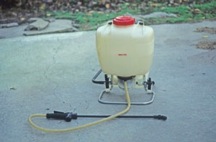
1. Lack of good foliage penetration. This often is a problem when spraying for bagworms on junipers. The spray must penetrate the foliage and reach the bagworms toward the inside of the plant. High-pressure commercial sprayers are able to get the spray to the insects but homeowner models are much more problematic. With pump-up sprayers, you may have to push the wand through the outer layer of foliage to reach insects toward the inside of the plant.
2. Not spraying where the insect is. Many of our insects and mites feed on the underside of leaves. If the plants are sprayed over the top, little to no pesticide reaches the pests. This problem is often seen with spider mites on broadleaf plants and cabbage worms on cabbage, broccoli and cauliflower.
3. Maturity of pest. Insects become much more difficult to control when they become adults. For example, Sevin does a good job of controlling young, early instar grasshoppers but is much less effective on adults.
4. Level of disease pressure. Most fungicides are better used as preventatives than as curatives. If a disease gets firmly established, it may be difficult to bring it back under control. For example, chlorothalonil is effective in controlling early blight and Septoria leaf spot on tomato if used as a preventative. However, chlorothalonil will not control these diseases on badly infested plants.
5. Choosing the wrong product. Homeowners often use a product they have on hand. However, products differ markedly in how well they control specific pests. Make sure the pest you wish to control is on the label. Unfortunately, even labeled products may vary in effectiveness. Check K-State Research and Extension recommendations for products.
6. High pH spray water. Certain pesticides are not stable in high or low pH water. Following are some examples.
* Captan has a half-life of 3 hours at a pH of 7.0, but only 10 minutes at a pH of 8.0.
* Carbaryl (Sevin) has a half-life of 24 days at pH 7.0, but only 1 day at pH 9.
* Diazinon is most stable in pH 7 water, with a half-life of 10 weeks; at pH 5, it is 2 weeks.
The half-life of a product is the amount of time it takes for half of the product to be neutralized. For example, if you apply 3 ounces of a product to a gallon of water and the half-life is 8 hours, only half of the product is still active at 8 hours, one-fourth of the product is active 16 hours and 1/8 of the product is still active at 24 hours. (Ward Upham)
Contributors: Ward Upham, Extension Associate
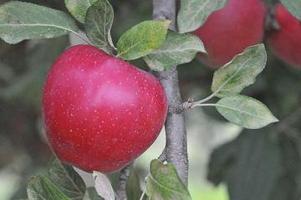
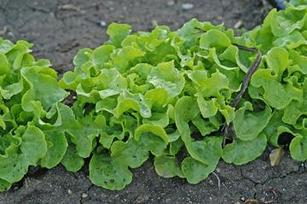
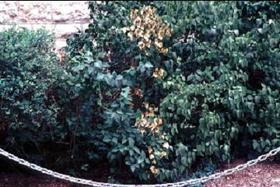
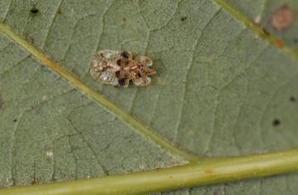
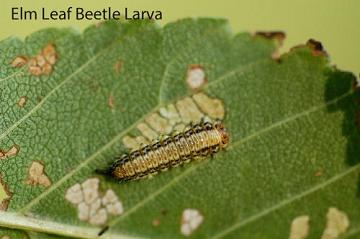
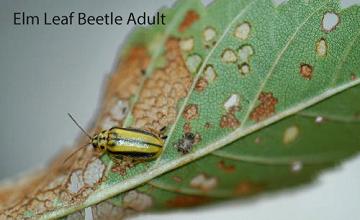
 RSS Feed
RSS Feed
